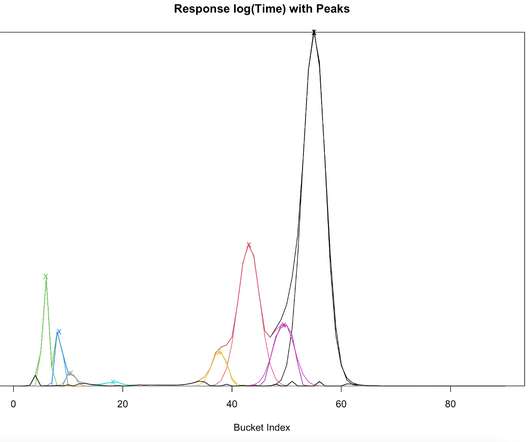Expanding the Cloud – An AWS Region is coming to Hong Kong
All Things Distributed
JUNE 20, 2017
This enables customers to serve content to their end users with low latency, giving them the best application experience. In 2008, AWS opened a point of presence (PoP) in Hong Kong to enable customers to serve content to their end users with low latency. Since then, AWS has added two more PoPs in Hong Kong, the latest in 2016.













Let's personalize your content